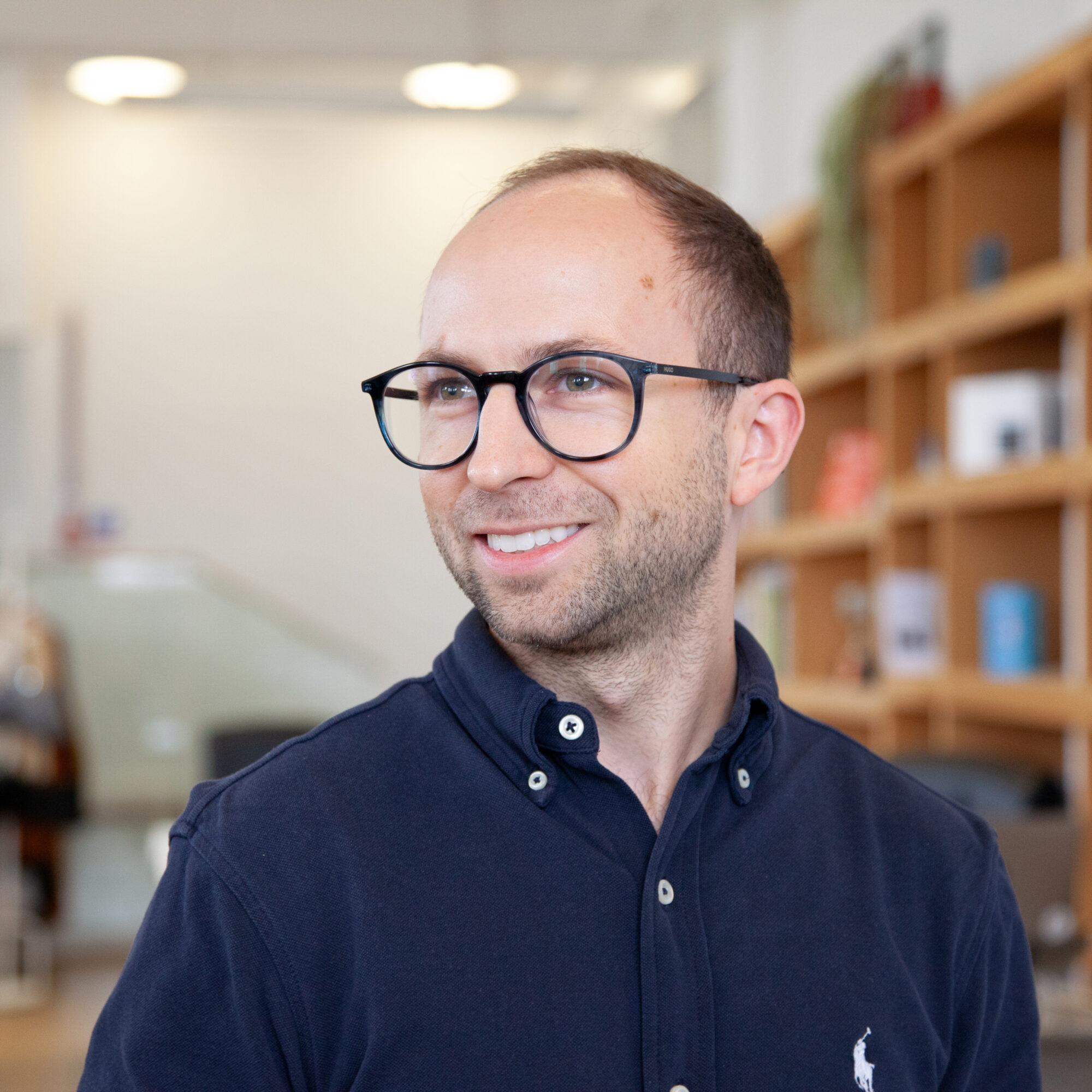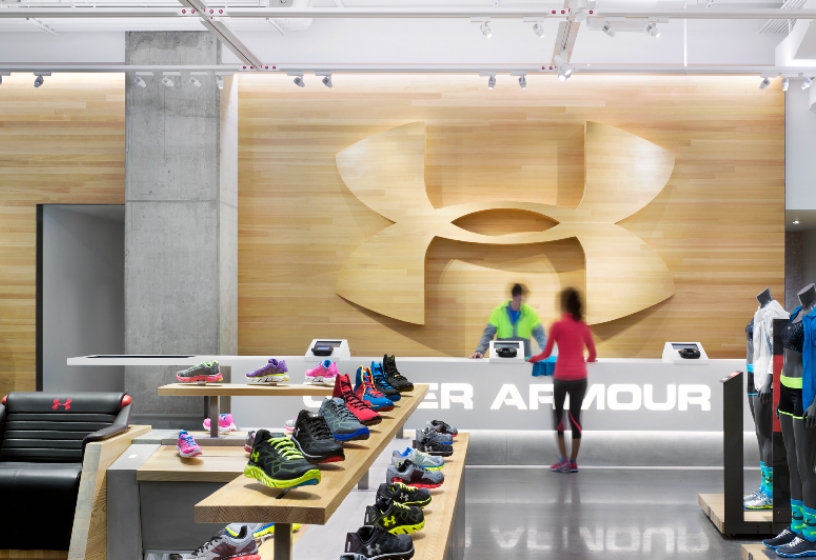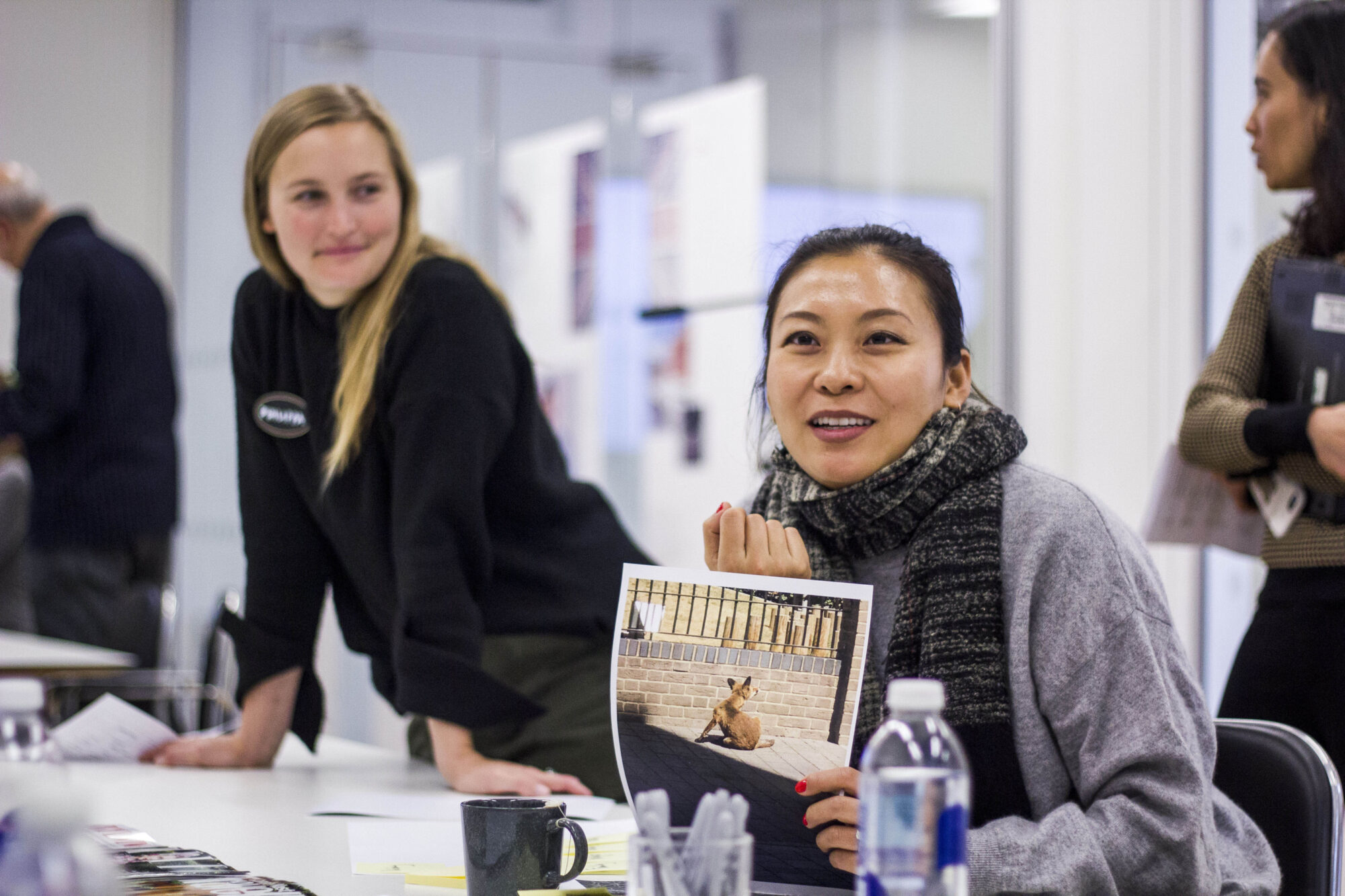
Client : Cartier
The context
Cartier make their luxury jewellery and watches using rare, and precious materials, including unique pieces that need to be kept in ultra-secure environments. These pieces cannot simply be moved from country to country or store to store when a client is interested and wishes to try them on. The cost of armoured trucks, guards and increased security and insurance, not to mention the environmental cost in carbon emissions, is a powerful disincentive. Yet a picture is unlikely to do a beautiful piece justice or clinch a sale. If only you could somehow beam them into the boutique…
The challenge
Using holographic technology to showcase luxury jewellery
The Cartier Retail Innovation Lab had created a prototype tool with the working title ‘the Aleph’. It could showcase beautiful, high-definition, rotating 3D holographic images of pieces of high jewellery that were not physically present in a boutique. Cartier wanted to explore if the concept had potential: Would it create meaningful and memorable experiences? How would it impact the behaviours of customers and boutique sales staff? How could it be improved?
The approach
In-depth research involving staff and customers
We undertook ethnographic qualitative research, live in a boutique, to inform the Aleph’s development. Our researchers travelled to a test store in Chicago to understand the current boutique experience and how that was changed by the installation of the Aleph. The work involved observation both inside the boutique and behind the scenes, intercept interviews with visiting customers and staff, and in-depth 1:1 interviews with a range of valued Cartier clients.
- 60 hours of in-boutique observation
- 80+ in-boutique intercept interviews
- 12 in-depth client interviews
- Boutique staff interviews
The outcome
The Looking Glass
The concept of the Aleph has evolved further. Working in partnership with software developers Jolibrain and Blue Trail Software, Cartier have renamed it the Looking Glass and are now testing it as a prototype in a select few stores. It allows customers to view digital rings that convincingly simulate real rings sat on a customer’s own hand. Currently only 13 rings are available to view in the $3,000 to $200,000 price range, but Cartier plan to expand this range to cuffs, bracelets and possibly watches.
The impact
-
Real experiences uncovered
Close observation and testing in a live setting to understand real customer behaviours and the potential impact of the service.
-
New design insights
Strong evidence to guide further design, development and testing.
-
New service opportunities
Fresh ideas for how the technology could underpin a range of services for customers.
The impact
-
Real experiences uncovered
Close observation and testing in a live setting to understand real customer behaviours and the potential impact of the service.
-
New design insights
Strong evidence to guide further design, development and testing.
-
New service opportunities
Fresh ideas for how the technology could underpin a range of services for customers.
If you’re looking to
drive innovation within
your business, we’d
love to hear from you.








